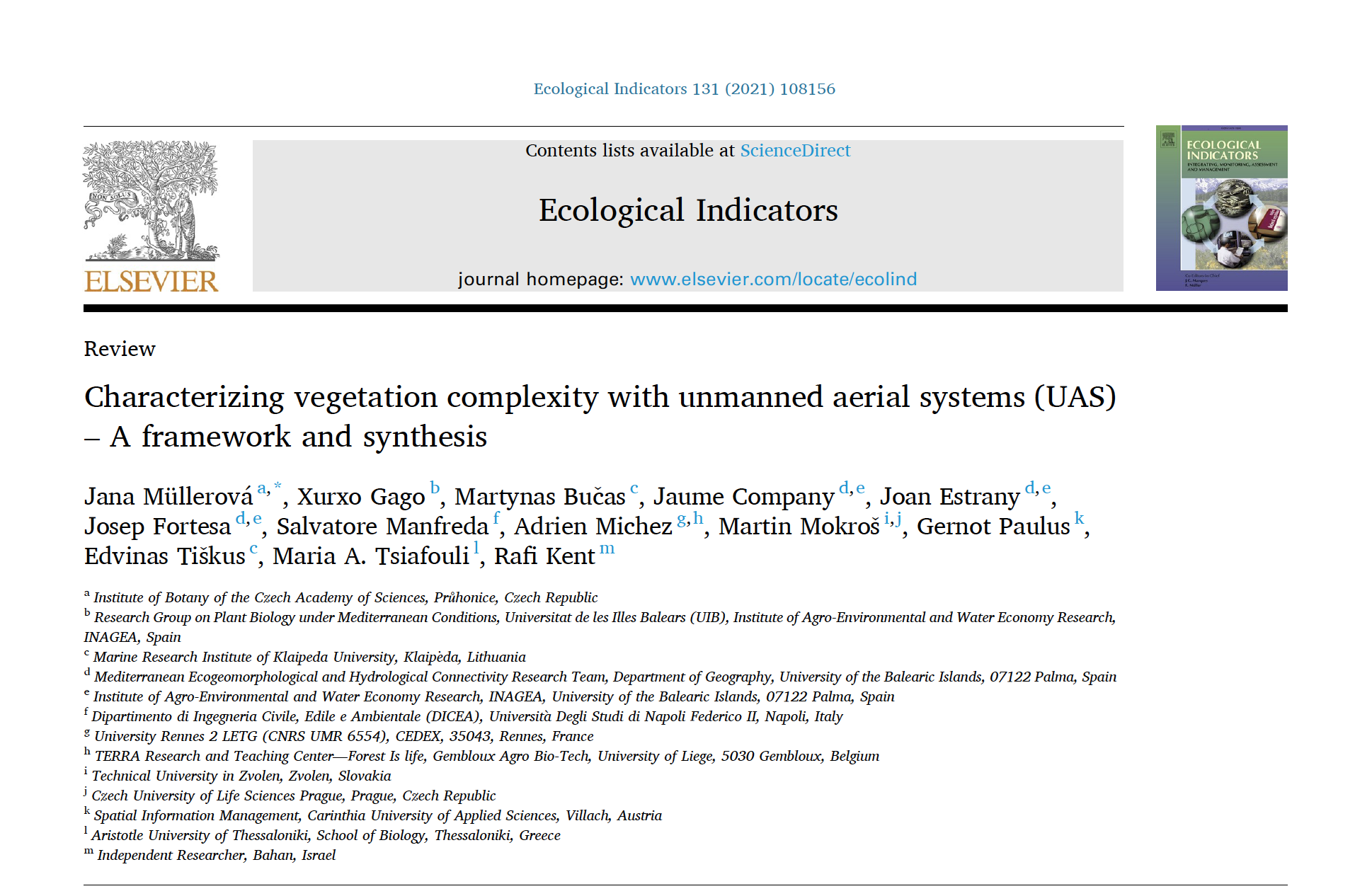Ecosystem complexity is among the important drivers of biodiversity and ecosystem functioning, and unmanned aerial systems (UASs) are becoming an important tool for characterizing vegetation patterns and processes. The variety of UASs applications is immense, and so are the procedures to process UASs data described in the literature. Optimizing the workflow is still a matter of discussion. Here, we present a comprehensive synthesis aiming to identify common rules that shape workflows applied in UAS-based studies facing complexity in ecosystems. Analysing the studies, we found similarities irrespective of the ecosystem, according to the character of the property addressed, such as species composition (biodiversity), ecosystem structure (stand volume/complexity), plant status (phenology and stress levels), and dynamics (disturbances and regeneration). We propose a general framework allowing to design UAS-based vegetation surveys according to its purpose and the component of ecosystem complexity addressed. We support the framework by detailed schemes as well as examples of best practices of UAS studies covering each of the vegetation properties (i.e. composition, structure, status and dynamics) and related applications. For an efficient UAS survey, the following points are crucial: knowledge of the phenomenon, choice of platform, sensor, resolution (temporal, spatial and spectral), model and classification algorithm according to the phenomenon, as well as careful interpretation of the results. The simpler the procedure, the more robust, repeatable, applicable and cost effective it is. Therefore, the proper design can minimize the efforts while maximizing the quality of the results.
How to cite: Müllerová J. , X. Gago, M. Bučas,J. Company, J. Estrany, J. Fortesa, S. Manfreda, A. Michez, M. Mokroš, G. Paulus, E. Tiškus, M. A. Tsiafouli, R. Kent, Characterizing vegetation complexity with unmanned aerial systems (UAS) – A framework and synthesis, Ecological Indicators, Volume 131, November 2021, 108156. [pdf]
